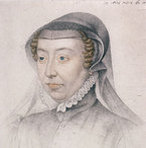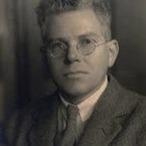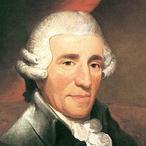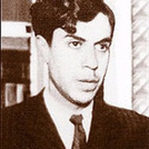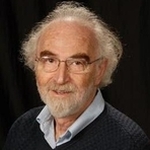 Ewa Podles as Madame de la Haltière Ewa Podles as Madame de la Haltière As the poor person charged by the ROH to deliver bad news arrived onstage, we all knew something was wrong. “Joyce DiDonato has a cold” she announced. An audible gasp came from the audience. “But,” the announcer continued “she has agreed to sing tonight, and asks for your understanding if the effects of the cold become apparent”. The audience, visibly and audibly relieved, gave a burst of applause, before settling down to Massenet’s opera: Cendrillon. Cendrillon premiered in Paris at the Opéra-Comique on 24 May 1899, and “was intended as one of the highlights of the season.” Massenet ingeniously uses different styles of music to illustrate the various characters and emotions: references to the court music of Lully and Rameau, for instance, in the ball scene, and for Madame de la Haltière; a nod to Wagner in the ethereal love scene at the magic oak; and a feeling of Strauss or Humperdinck in the music of La Fée. Cendrillon is, arguably, Massenet at his most musically intellectual. Massenet’s intelligence was well matched by the interpretation given by the performers. Ewa Podleś, the legendary Polish contralto, and a favourite here at Show Me Something Interesting, was fabulous as the haughty and arrogant Madame de la Haltière. Her comic timing, facial expressions, gesticulations and magnificently upholstered derrière stole the show, and earned her a rousing applause and a number of cheers. She even added a wonderful Eb3 on her final “ce coir” at the end of act I scene III, while her exasperated cry at not being allowed her chance to try on the slipper was sheer perfection. Alice Coote was very strong in the role of Prince Charming. Sitting on the floor, sulking at the prospect of a tedious ball filled with well marketed marriage material, she was fully in character. Her dark voice perfectly displayed the qualities of the Falcon, the intermediate soprano fach that the French so valued in Massenet’s time. The love duet with DiDonato in the enchanted forest scene was particularly moving, with Coote’s lush voice giving a very convincing portrayal of a young ardent male declaring his love. When it comes to Joyce DiDonato’s Cendrillon, I shall quote a lady I spoke to during the interval: “If I could sing like that with a cold, I would be a very happy woman!” DiDonato’s grasp of the role was consummate, moving through the unfolding psychological development of her character with intelligence and an emotional involvement that can sometimes be found wanting in such demanding roles. Her high pianissimo, wielded on more than one occasion, was stable and clear, and the high tessitura of this soprano role was no problem for the American mezzo. The magic and fairy dust was provided by Eglise Gutiérrez, the Cuban-American coloratura soprano. As La Fée (the Fairy Godmother), Gutiérrez was there to provide the magic stardust in vocal form. Trills and arpeggios abound in this most difficult role lying, like that of the Queen of the Night, very high in the voice. The full range required is from B3 to Eb6, and Gutiérrez was able to navigate this with ease. Her final high Db6 at the end of the third act was spectacular, especially as she turned on her heel, and walked towards the back of the stage, holding the note all the while without any loss of pitch or dynamic. The music itself “never really gets there” as a friend of mine aptly put it. Massenet’s music is both beautiful and engaging, yet it never really reaches a climax. Instead, it ebbs and flows like a tide, ethereal like the moonlight. Perhaps this was Massenet’s intention: the dream-state of Cendrillon, and the fairy-magic of La Fée, is written indelibly into the music. So, while we listen, we too are in that dream-like state. It is only when the music finishes that we wake up, and that reality takes over. In real life, we have endings, grief, death and mortality. In Cendrillon, we live happily ever after. Perhaps Massenet was allowing us to take our piece of “happy ever after” with us when the curtain goes down, the lights go up, and we go home; to our lives, our endings, and our new beginnings.
0 Comments
|
Categories
All
Archives
September 2014
|
MOST VIEWED POSTS
© James Edward Hughes 2013
 RSS Feed
RSS Feed
